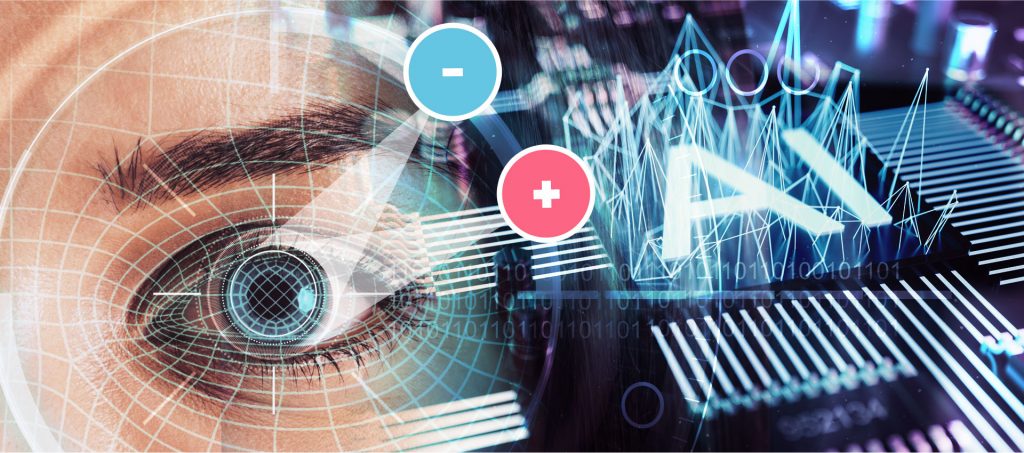Diabetic retinopathy (DR) is a serious eye disease caused by diabetes that can lead to impaired vision and blindness. As per WHO, the number of people with diabetes worldwide has nearly quadrupled, from 108 million in 1980 to over 422 million people today, and it is predicted to affect over 640 million people by 2040.
Studies suggest that 35% of people with diabetes, or 148 million people globally have some form of DR. And an estimated 10% or 42 million have vision-threatening DR (VTDR), making it one of the leading causes of blindness worldwide.
The risk of vision loss can be greatly minimized if DR is detected and treated early enough. Early detection of DR requires periodic eye examinations and screenings by a trained ophthalmologist or an eye-care professional. However, many developing and low-income countries do not have the necessary specialists, resources or infrastructure to do so effectively.
In India, for example, there are over 72 million people with diabetes and an estimated 25 million are afflicted with DR and 7 million with VTDR. However, India only has 15,000 trained ophthalmologists in a nation of 1.3 billion people – or a mere 9 specialists per a million people. Kenya, with a population of 48 million has less than 100 ophthalmologists, and Angola, less than 20 for 29 million people. In addition to the dire shortage of trained professionals, many of the affected people live in remote areas with little or no access to an eye care clinic or a screening center.
Diabetic Retinopathy is clearly a global health care challenge that urgently needs innovative solutions in order to prevent vision loss among millions of people at risk worldwide.
The good news is that recent advances in Artificial Intelligence and Machine Learning can help solve this problem by automating many of the tasks involved in screening and diagnosis. We are harnessing the power of AI to solve this global healthcare challenge. Click here to learn how.

